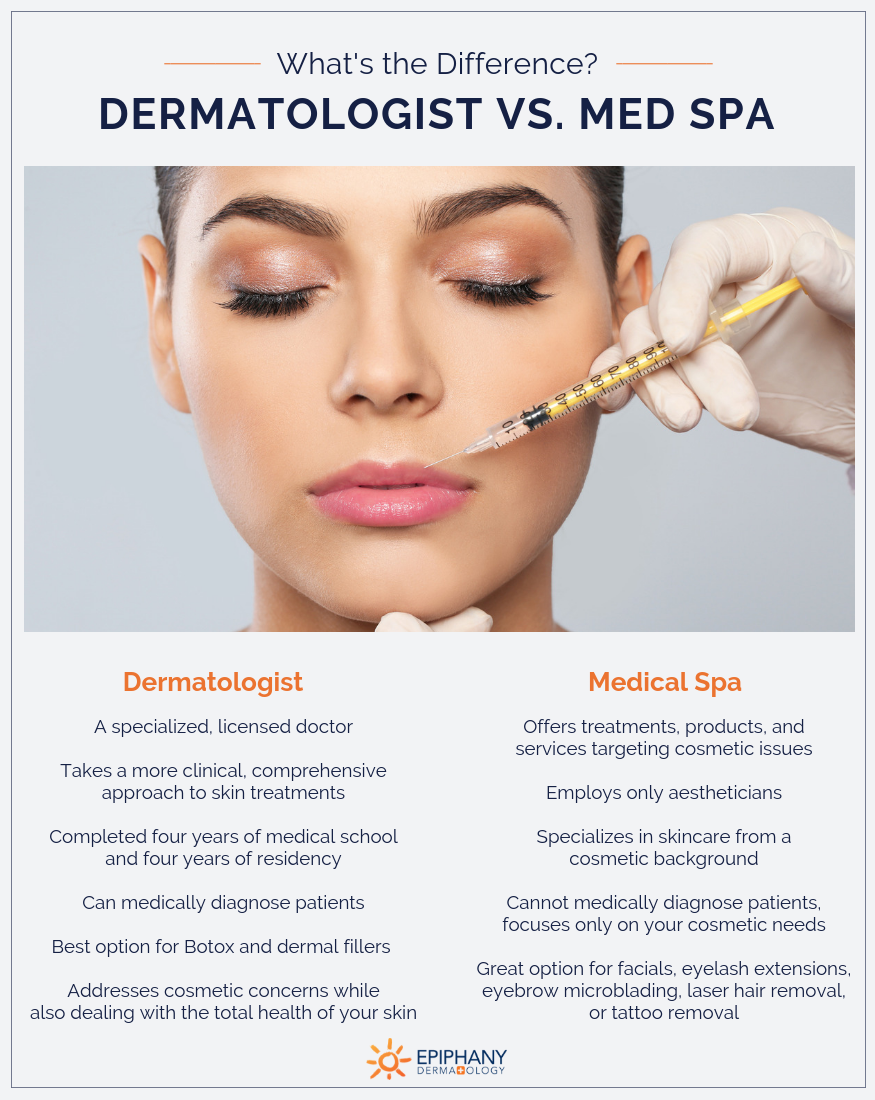Find a qualified dermatologist for skin care treatment tailored to your needs.
Browsing Skin Cancer Cells Therapy: The Important Role of Mohs in Modern Dermatology Practices
Skin cancer cells, a daunting medical diagnosis, commonly leaves patients grappling with countless treatment alternatives. As we explore the complexities of this treatment, one will certainly value its critical role in skin cancer cells treatment.
Comprehending Skin Cancer Cells: Kinds and Risks
Skin cancer cells, a potentially dangerous malady, is far more prevalent than many individuals understand. This illness, triggered by the unrestrained development of irregular skin cells, mainly arises from DNA damage as a result of direct exposure to the sunlight and ultraviolet (UV) light. There are 3 primary kinds of skin cancer: Basic cell carcinoma, Squamous cell cancer, and Cancer malignancy. While the previous 2 are much less lethal and compose most of diagnosed situations, cancer malignancy is one of the most harmful. It accounts for just about 1% of skin cancer instances however creates the large bulk of skin cancer cells fatalities - mohs surgery. Threat variables include reasonable skin, background of sunburn, extreme sunlight exposure, living at high altitudes or shut to the equator, having numerous moles, a family members history of skin cancer, and damaged body immune system.
What Is Mohs Surgery and Exactly How It's Reinventing Skin Cancer Therapy
In spite of the numerous treatments currently readily available for skin cancer, Mohs surgical treatment stands out as a groundbreaking and very efficient solution. Named after Frederic E. Mohs, the physician that developed the procedure, Mohs surgery is an accurate surgical method made use of to deal with skin cancer cells. This degree of precision, integrated with the capability to spare as much healthy and balanced cells as possible, is transforming skin cancer treatment.
The Advantages of Mohs Surgery Over Standard Skin Cancer Cells Therapies
Building on the ingenious nature of Mohs surgery, it's click reference important to consider its countless advantages over conventional skin cancer cells treatments. Unlike see here conventional procedures, Mohs uses a greater remedy price, typically getting to 99% for novice therapies and 94% for persistent cancers cells. Additionally, it decreases damage to healthy and balanced skin, leading to much less scarring and enhanced aesthetic outcomes.
The Treatment of Mohs Surgery: What to Anticipate Throughout the Process

Potential Negative Effects and Post-Operative Treatment of Mohs Surgery
Going through Mohs surgery, like any type of various other surgery, includes possible adverse effects that patients must know. Common adverse effects consist of pain, bruising, and swelling at the surgical treatment website. These are useful site generally temporary and workable with non-prescription discomfort medication and ice packs. In uncommon cases, patients may experience infection, blood loss, or an allergy to the anesthetic. Post-operative care is critical to healing and reducing side effects. This typically involves keeping the wound clean and dry, taking prescribed medications, and avoiding exhausting activities. Patients should also participate in all follow-up consultations for injury care and tracking. In some cases, additional therapies might be needed to make sure total removal of the cancerous cells. Sticking to these post-operative treatment guidelines can considerably enhance recovery and outcomes.
Final thought
